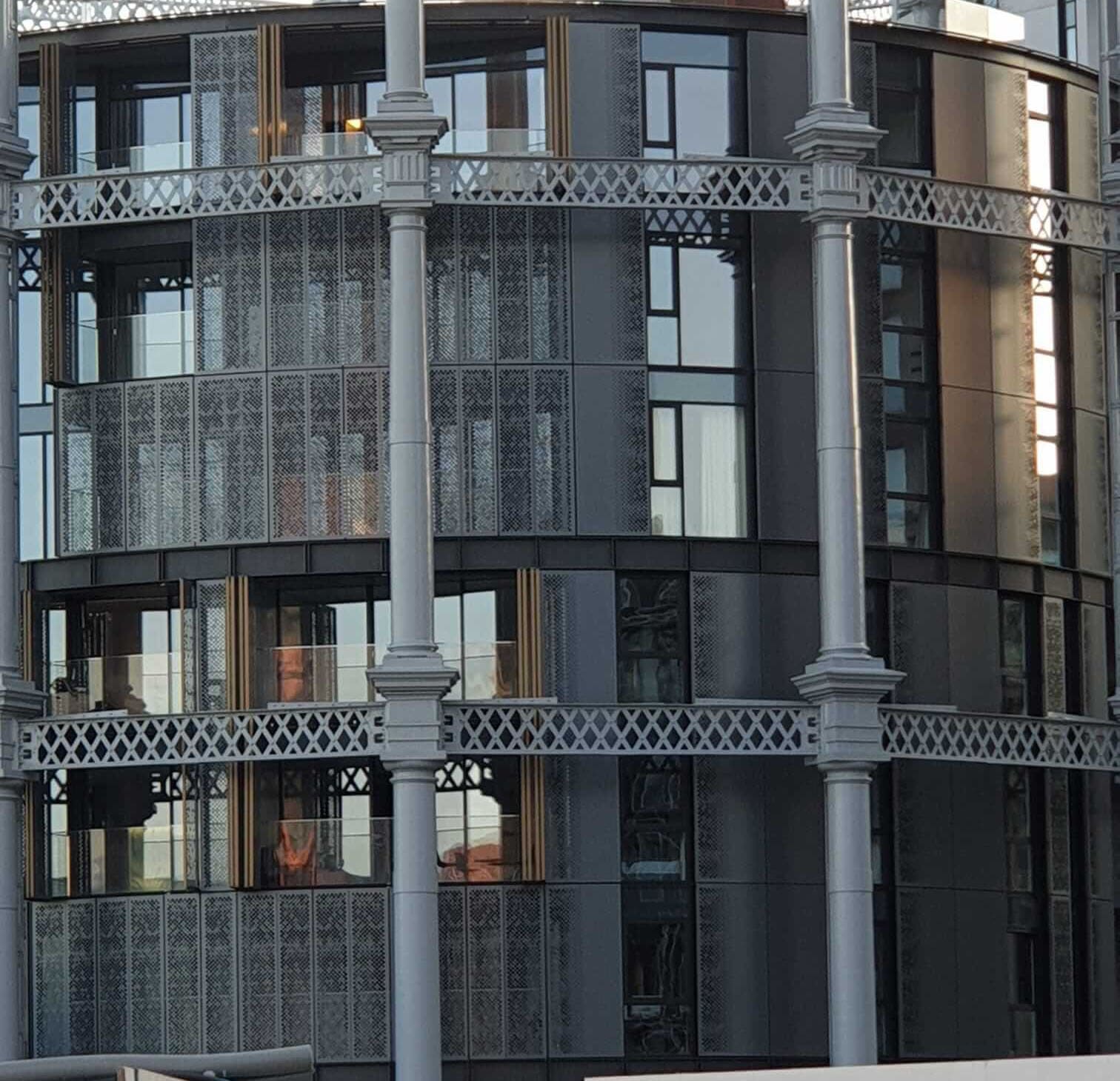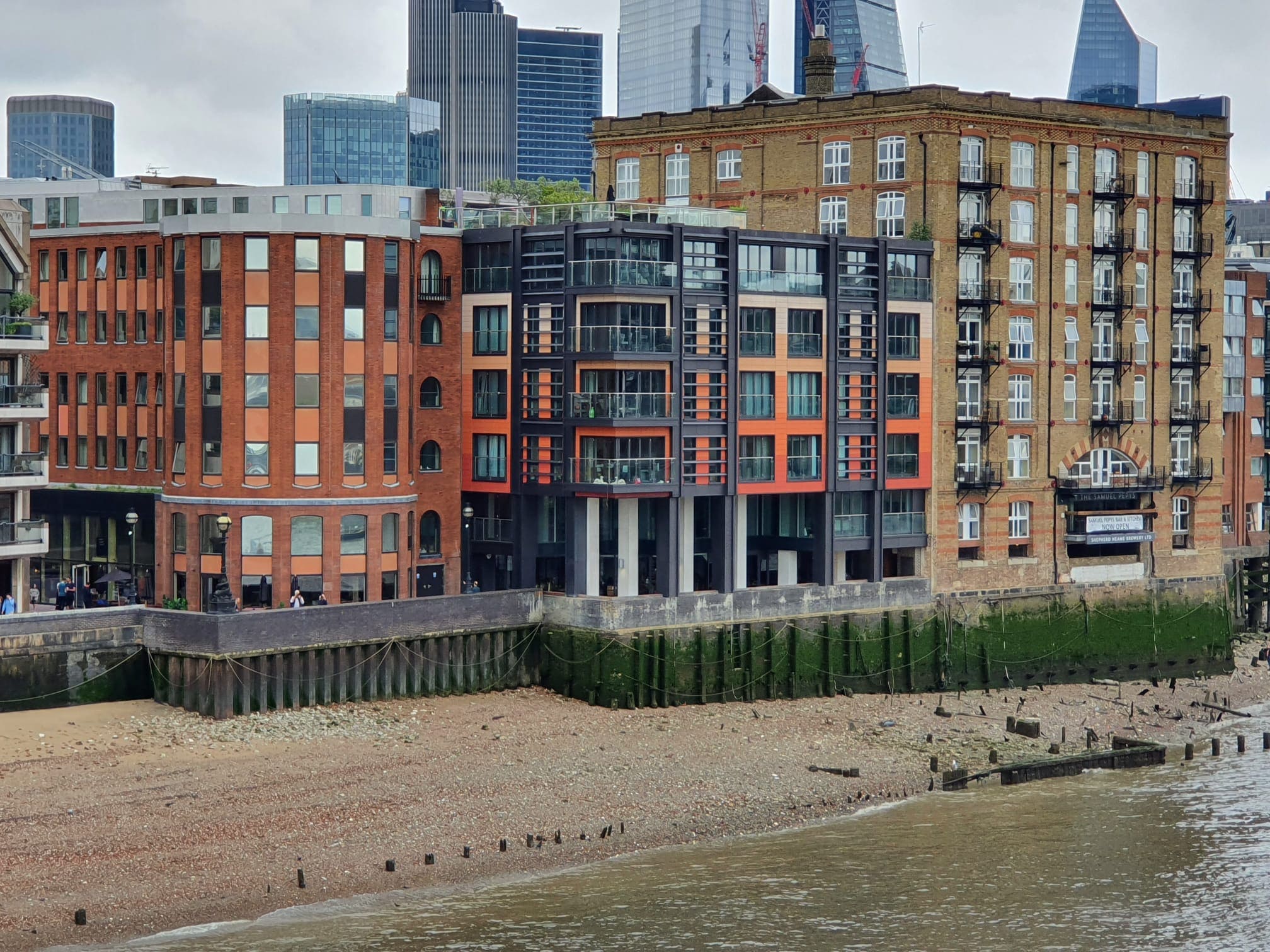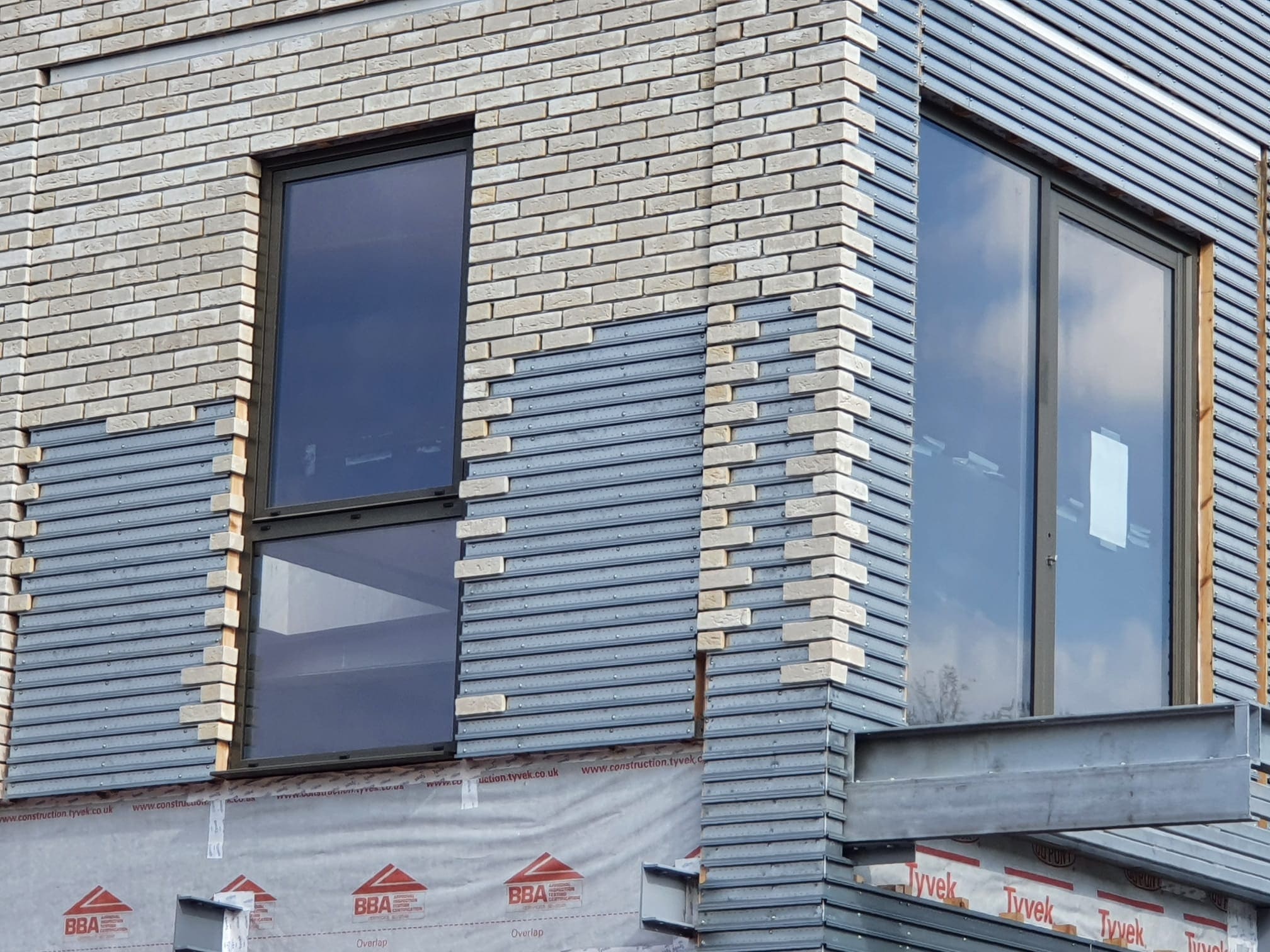 748
748
 0
0
Mould Can Affect Any Home
Mould is often associated with poorly maintained housing, but it can be a problem for anyone during winter. A survey by Uswitch, reported in Landlord Today, found that mould is particularly common in private, social, and student housing. However, any home affected by condensation or damp can develop mould issues.
Who is Responsible for Mould?
Two-thirds of renters believe landlords should handle mould problems. While landlords must ensure proper insulation, heating, and ventilation, tenants also play a role. If condensation is the cause, residents can take steps to prevent and remove mould themselves. Unfortunately, 40% of renters surveyed said they wouldn’t clean mould, potentially allowing the problem to worsen.
Reducing Moisture in Your Home
The Centre for Sustainable Energy offers practical advice to prevent condensation:
- Use pan lids and extractor fans while cooking.
- Dry clothes outside or ensure tumble dryers are vented.
- Keep bathroom doors closed when showering and open windows afterward.
Simple habits like these can significantly reduce indoor moisture levels.
Managing Condensation and Damp
- Wipe down windows and sills each morning to remove moisture buildup.
- Use a dehumidifier if condensation is severe.
- Maintain a low, consistent heat in all rooms to prevent cold spots where damp can form.
Removing Mould Safely
If mould has already developed, follow this two-step process:
- Use an anti-mould spray containing bleach to clean black spots.
- Follow up with an anti-fungal wash the next day.
- Wear a ventilated face mask for safety when using chemicals.
- If staining remains, apply mould-resistant paint to affected areas.
When to Involve Your Landlord
If mould results from structural issues like leaking pipes, missing roof tiles, or rising damp, it’s time to contact your landlord or managing agent. No one should live in a damp home, and addressing these issues is the landlord’s responsibility.





Meet our Expert Property Commentators



























